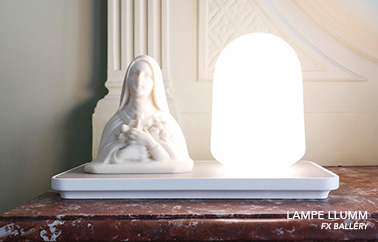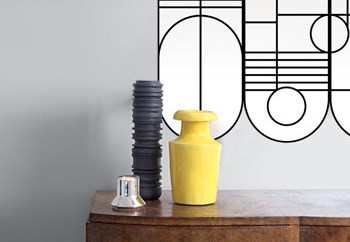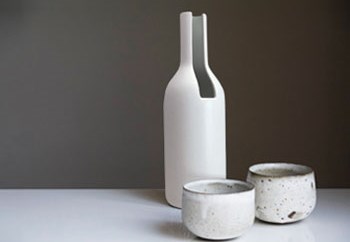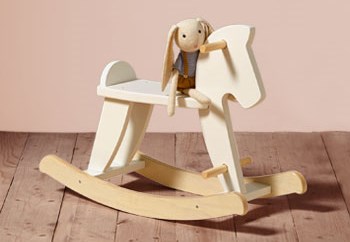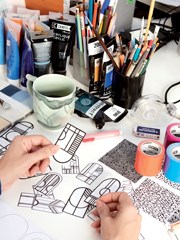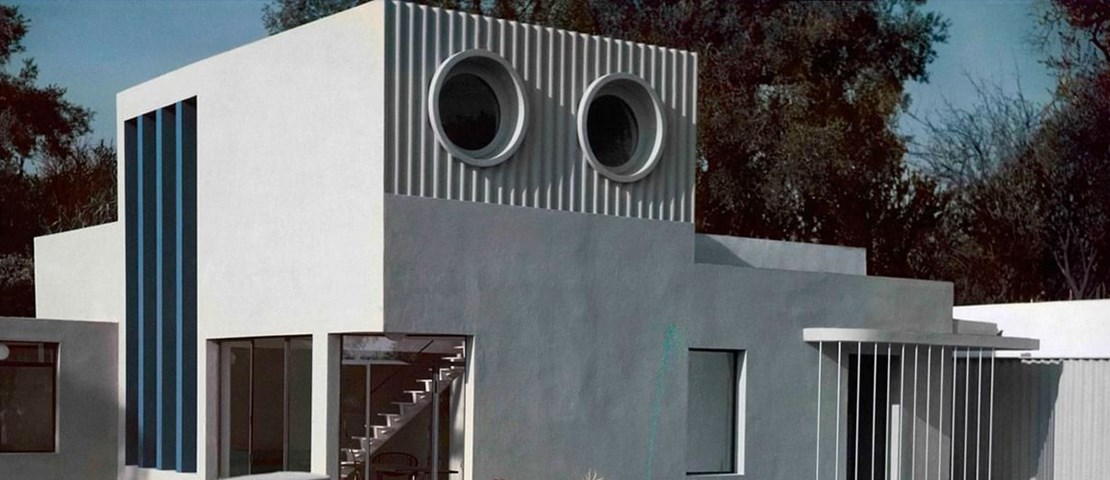Geometrically simple and with minima- list decor, the Arpel villa has the straight lines of the Villa Savoye and other iconic buildings by Le Corbusier, who, in 1958, was already a key figure in the architectural landscape. Yet it’s the director Jacques Tati himself who conceived, with his decorator and scenographer Jacques Lagrange, this house built from scratch in Victorine studios not far from Nice.A barely concealed criticism of an era that foregrounded aesthetic rigour at the expense of a home’s comfort or soul, the Arpel villa is a prime example of beauty devoid of meaning or personality. From the geometric garden endowed with a perilous zigzagging path that forces the visitor on a comic yet hazardous course to avoid the gravel, to the interior almost entirely lacking in furniture save a very stylish but totally uncomfortable table and chairs, everything in the house, including the shameless satisfaction and need for hubris of its caricatural owners, invites derision.
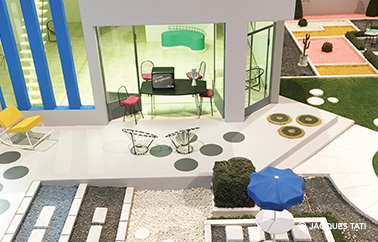
The same goes for the villa’s hi-tech equipment, which espouses the ultra-modern fantasies of this key period of the glorious 1930s yet seems disconnected from the the most fundamental human needs and aspirations. A whimsical fish-fountain that goes off automatically, sprinkling guests without warning, a kitchen so state- of-the-art and so automised that it resembles a spaceship that one needs an engineering degree to use properly... At the Arpel villa, technology at any price becomes an absurdity by complicating the most rudimentary daily tasks.
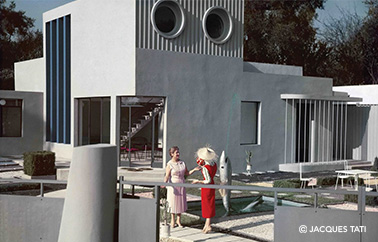
Through great humour, Jacques Tati is clearly inviting the viewer to hasten back to a simple, joyful, authentic, non-automated life. Some 50 years later, the hi tech house has turned from a fantasy to a reality and it’s become clear that it doesn’t have a great deal in common with Tati’s caricature. It has to be said that the concept of home automation, consisting of coordinating and automating the workings of a building’s connecting equipment, has taken many years to develop in a way that avoids the Arpel villa’s pitfalls.
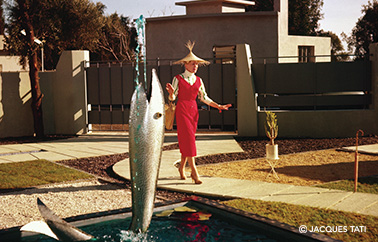
If the concept of home automation took off in the 1980s, at the time it required infrastructures that were too weighty and complicated to meet people’s daily needs. Yet far from fading away, the dream of an automated world still gave rise to some lovely fil- mic interpretations, notably those of Return to the Future, which came out in 1989 and showed the ingenious home of the McFlys, where everything, from the oven to the TV, is controlled by computers. As the film foresaw, we also needed to wait for the advent of the internet, smartphones and tablets to make the house of the future truly smart, practical to use and of service to its inhabitants. Far from the stylistic effects such as those seen in Mon Oncle, and truly connected with everyday life, new technology walks hand in hand with the spirit of the time and the need for authenticity that is the hallmark of our age. Free of the caricatural futuristic aesthetic of previous generations, communicating objects must from hereon in bring together the human and the robotic, the artisan and the technological, to win the hearts of the public. Loin des effets de style de « Mon oncle » et véritablement connectée au quotidien, les nouvelles technologies vont ainsi de pair avec l’air du temps et ce besoin d’authenticité qui marque notre époque. Débarrassés de l’esthétique futuriste caricaturale qui a marqué les générations précédentes, les objets communiquant doivent désormais réconcilier humain et robotique, artisanat et technologie pour séduire le grand public.
See FX Balléry online shop, by clicking here
